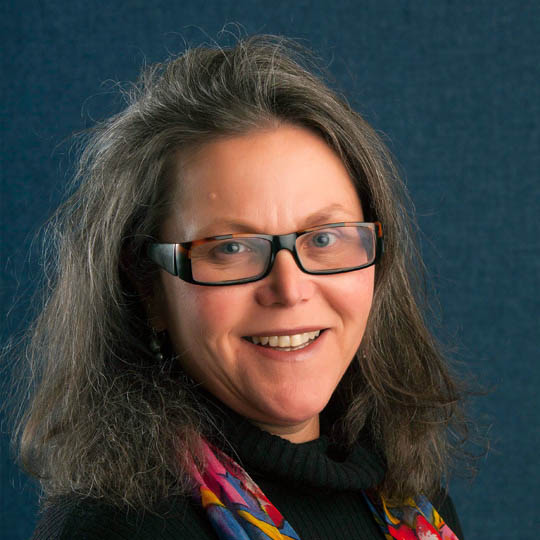St. Luke’s and Family Medicine Residency of Idaho team up to improve kids’ care

Flummoxed Idaho parents soon may have a solid answer to that age-old question …
Where do pediatricians come from?
Starting in less than two years, the response may well be Idaho.
Earlier this month, Family Medicine Residency of Idaho, long a valuable and reliable teaching and training component of family medicine education for physicians throughout the region and country, learned it has been accredited to start a pediatrics residency to train pediatricians.
St. Luke’s relationship with FMRI runs deep, with St. Luke’s physicians teaching through FMRI and the FMRI physicians-in-training seeing patients through St. Luke’s locations. St. Luke’s is making a significant financial investment in the new residency program as it comes together.
As part of their current family medicine training, FMRI residents spend more than five months focused on children’s care; pediatric residents will spend their entire 36-month residency focused on children’s care. The new residency will help to shape future pediatric practices – and fill a training gap that, quite literally, spans half the country along its northern border.

Dr. Perry Brown, a pediatrician and FMRI’s current director of pediatric education, will become program director of the new pediatric residency. He, along with Drs. Kenny Bramwell and Bart Hill of St. Luke’s, has been part of discussions around the need for this type of program for 10 or more years.
As Dr. Brown made the rounds to determine interest in such a program, he was well-served by a slide that showed graphically that there are no pediatric training programs in the northern part of the United States from Seattle and Portland to the Midwest.
“There is not a pediatric residency that exists between the Pacific Coast and the Minnesota border,” he said. “It is a vast, empty pocket, completely void of pediatric residencies.”
The consequences are many and meaningful. Many physicians tend to stay in the geographic areas in which they are trained; no training, no doctors. Without a robust community of physicians in the same specialty, others are less likely to come to an area. And without that physician community, the other clinical specialists who are needed to support the patient population are also less likely to be attracted to an area.
And Idaho and neighboring states, all of which constantly face challenges having to do with physician and specialist shortages, are even further behind when it comes to pediatricians and pediatric specialists.
Idaho ranks 50th out of 50 – dead last – for the number of pediatricians per 100,000 children (according to the American Board of Pediatrics, the national average is about 90 pediatricians per 100,000 children; Idaho has about 42). Dr. Kenny Bramwell, St. Luke’s system medical director for children’s services, thinks the gap has likely worsened as the state’s population has increased significantly but the number of pediatricians has not kept pace.

And while FMRI turns out great family medicine physicians, many of whom stay in the area as they begin their practices, complex childhood illnesses, detection of diseases and the like most often benefit from the specialized skills of those who have stayed focused throughout their schooling and training largely on pediatric care.
“This is long overdue for the people of Idaho,” Dr. Bramwell said. “We have a dearth of pediatricians in Idaho and we are eager to help solve this need.”
Dr. Brown, who applied to the Accreditation Council for Graduate Medical Education as the accrediting body in April to begin the program, is planning for FMRI to host four residents per year throughout the three-year residency, a dozen residents three years in, with the first class beginning in July 2023.
He is now pulling together all the necessary pieces, lining up instructors and looking for a suitable location, likely in Meridian, that will serve as FMRI’s pediatric clinic. As has been the case with the family medicine residents, the pediatric residents also will see patients in St. Luke’s Children’s hospital settings.
St. Luke’s has committed $1.7 million to help launch the program; over time, federal and other grants may help to offset costs, but Dr. Brown believes the model can be self-supporting.
The value of the program, he and the others believe, cannot be overstated. And given the region's population growth, the growth of St. Luke’s Children’s and its programs and the multistate need, the timing is right.
There are some region-specific benefits as well. Dr. Brown notes that pediatric mental health, which suffered greatly throughout the pandemic, is an area of particular need in Idaho and rural parts of the country. Idaho’s pediatric residency program also could become a standard for training pediatricians to work in rural areas.
“We do not have a great model in the United States for pediatrician access in rural places,” he said.
About The Author

Roya Camp works in the St. Luke’s Communications department.


